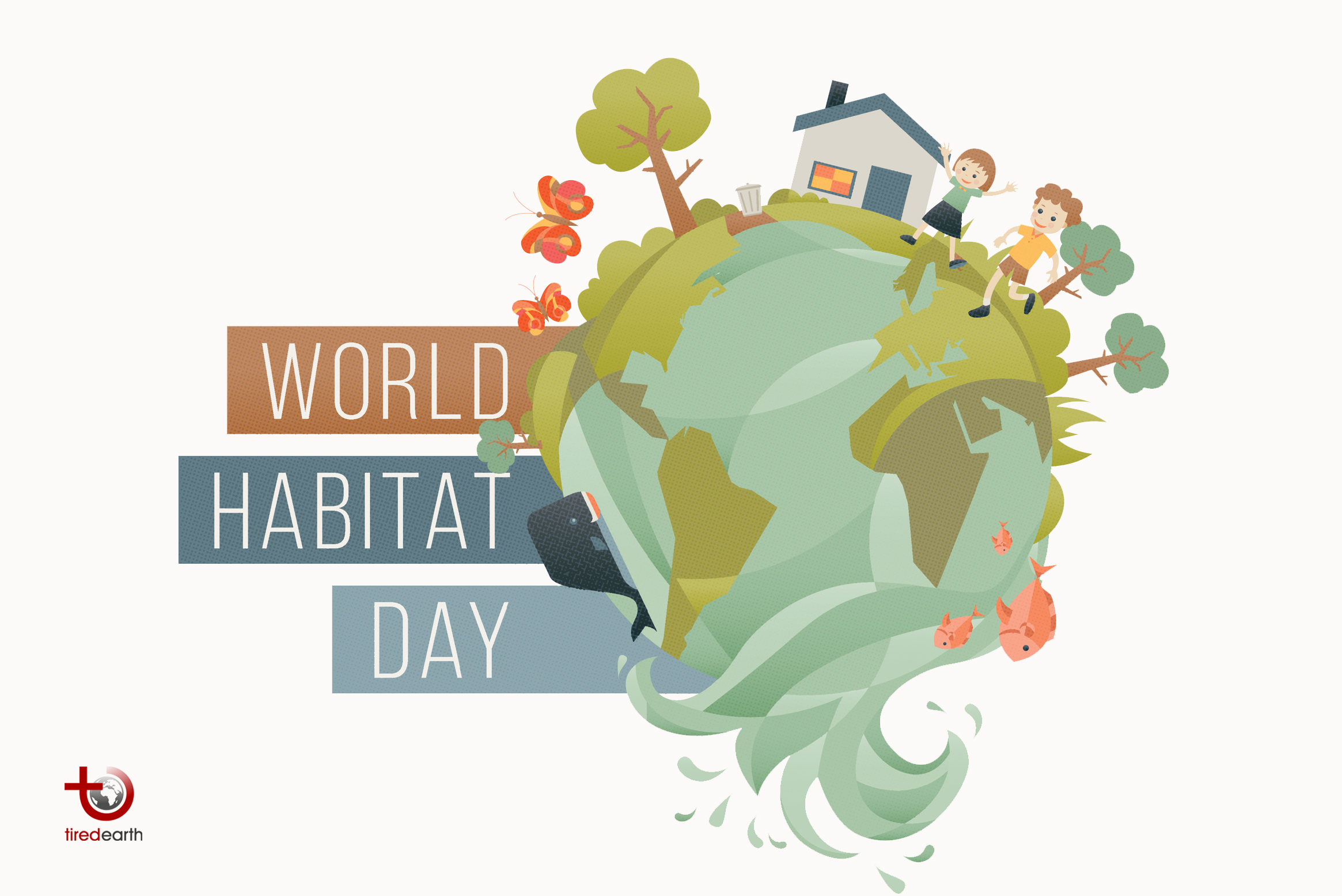2. Mining Waste Pollution, Sewage, and Fertilizer
Forms of marine and freshwater life are the most affected by pollution. Pollutants from animal waste, untreated sewage, fertilizers, pesticides, and heavy metals end up into wetlands and water systems and subsequently find the way in the food web.
Fertilizers as well as Animal wastes generate nutrients that cause an outbreak in algae growth that depletes dissolved oxygen in aquatic systems. Mining wastes may also contain heavy metals that affect the health and breeding of aquatic organisms. Sewage sediments may destroy dwelling grounds of aquatic animals.
3. Industrial and fossil fuel Pollution
A large size of animal and plant habitats have been destroyed due to the toxic substances and chemicals leaked from industries and automobiles that pose long-term cumulative effects on the species health. As a result, polluted regions have become dead zones since the conditions have become very harsh for biotic survival. A main example is an acidic lake which cannot support aquatic life forms. In some areas, only a few organisms can survive owing to the cumulative effects of industrial and automobile pollution.
4. Water Expansion Projects
Hydropower plants, dam construction, and water diversion are many of water projects such as frequently disconnect or draw off waters thereby altering water chemistry and hydrology. This is why such water projects limit the amount of water and nutrients running downstream.
The downstream section of the river can dry out and the nutrients supporting aquatic life can significantly lessen. So, gradual habitat loss happens as the water flows downstream.
5. The conversion of lands into urban settings
The alteration of lands into urban settings, housing developments, office spaces, shopping malls, industrial sites, parking areas, road networks, and so on takes away the naturally occurring land that provided habitat for wildlife and other living organisms. This process has substantially led to the loss and destruction of millions of acre of natural habitable environments.
6. Climate Change and Global Warming
Climate change is one of the recent leading reasons of habitat loss since it changes the physical environmental factors such as temperature and moisture which are crucial for a sustainable habitat.
Wildlife that needs cool temperatures of high elevations such as the rock rabbit and mountain gorillas may in the near future run out of habitat because of global warming. Excessive rains, flooding or drought arising out of global warming have also impacted several habitats, contributing to the loss of wildlife and other living organisms.
7. Biodiversity Loss Due to Invasive Species
When a certain ecosystem that is home to different species destroy, more aggressive species may enter the territory. As the native species fight to cope in a harsher environment, the invasive species contributes to a further and rapid decline of the habitat and subsequently dominates.
The explosive entry of invasive species into an ecosystem generates a strong threat to the native species as they strive to survive in the increasingly changing environment. Invasive species directly competes for food with the native species and can also alter the structure of the habitat.
8. Deforestation, Vegetation Eradication and Logging
Vegetation removal and logging ruin the structure of the habitat since it takes away the vital materials and natural systems responsible for refilling and purifying the habitat. Eradication of vegetation cover and logging also generates room for soil erosion and decrease storm-water infiltration which ends to the degradation of water quality, further destroying the habitat.













Comment
Reply